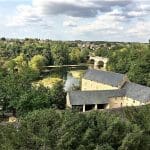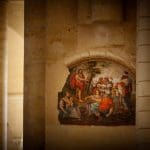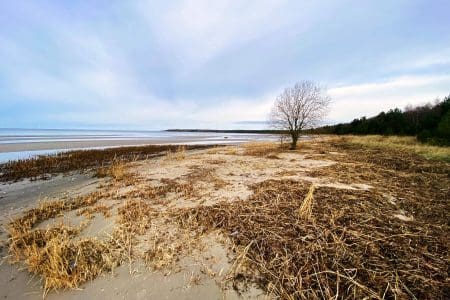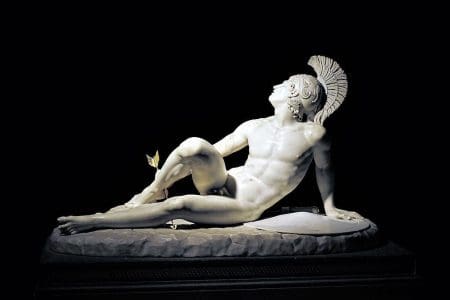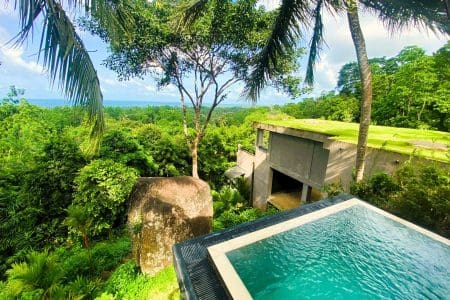After visiting some Loire Valley Chateaux and the Apocalypse Tapestry, Mark Bibby Jackson continues his French cultural Odyssey to Fontevraud Abbey and Saumur.
The Loire Valley isn’t solely about wine. It is in St-Barthelemy-d’Anjou that Cointreau was invented in 1849, and all the orange liquor is still created and bottled here. After being shown around the complex and then tasting some of the mamy cocktails created from the orange liquor, we took a short drive to Le Thoureil, where we go on a relaxing Loire river cruise with Alain Gillot.
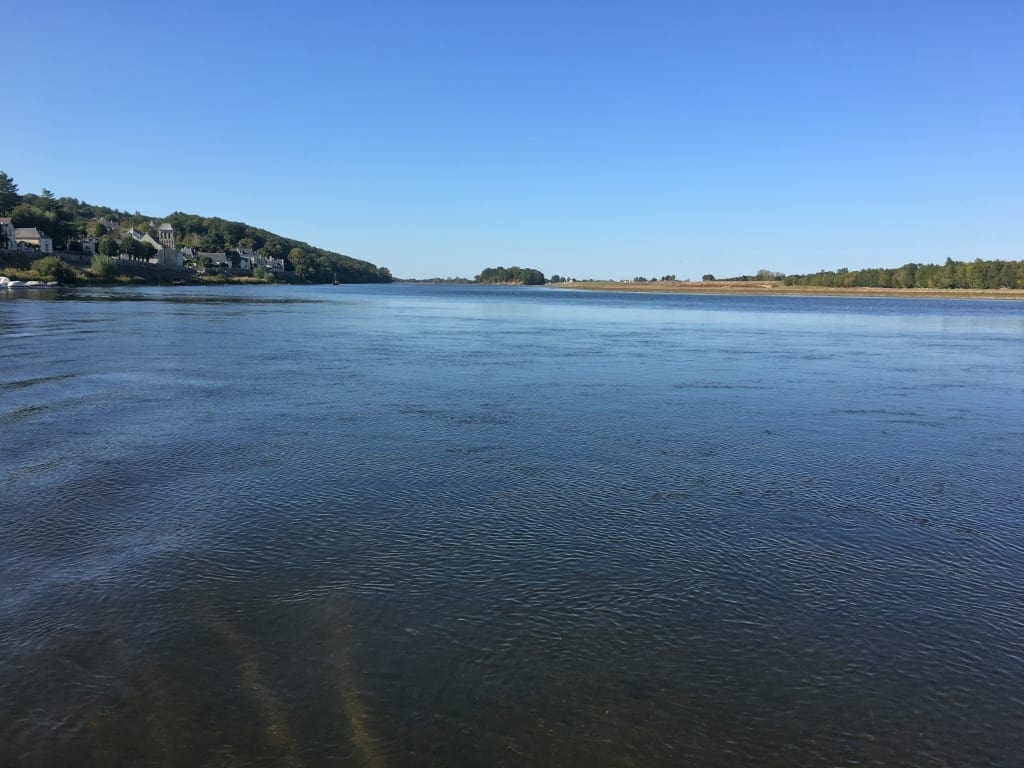
Sadly, while it was wonderful to see cormorants and lapwngs taking off and landing before us, the most lasting impression is of how low the water level was – making the navigation somewhat tricky – an ofshoot no doubt of climate change.
Our destination for the night was Hotel Fontevraud.
History of Fontevraud Abbey
Founded in 1101 by Robert of Arbrissel, Fontevraud Abbey (or the Royal Abbey of Fontevraud to give its full name) is the largest surviving monastic complex from the Middle Ages. Originally there were four monasteries. St Lazare, St Mary Madeleine and St Mary still exist, while the fourth St Jean de l’Habit was dismantled during the French Revolution.
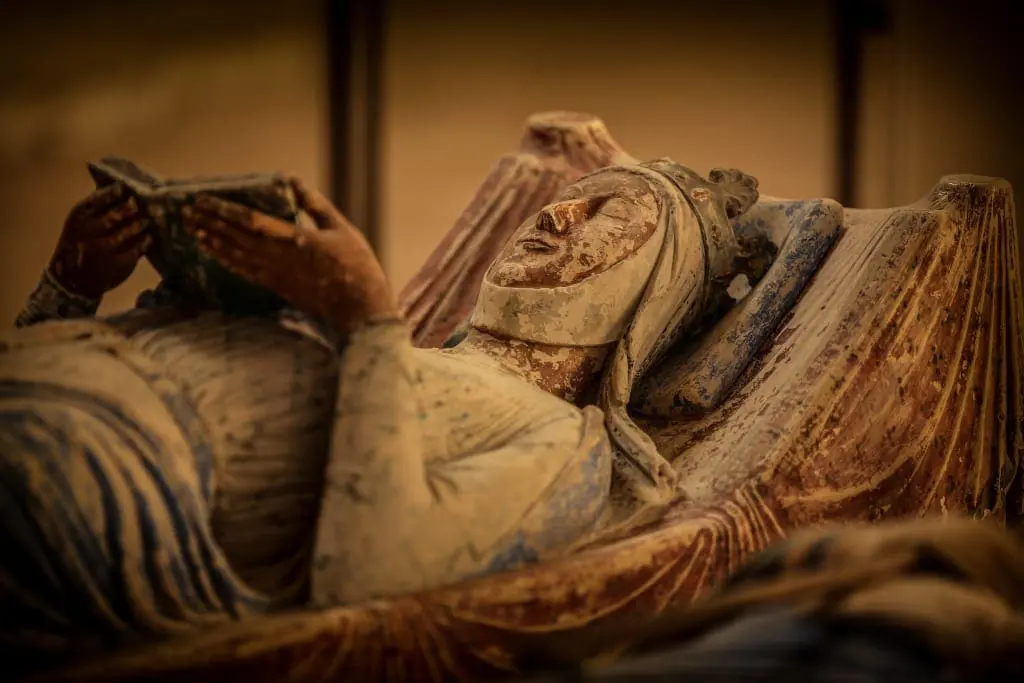
The monastery was quite revolutionary in its own way with men and women worshiping side by side, although residing in separate abbeys – after all there are limits. Fonteyraud was presided over by the Abbess, who became one of the most important women in France – and people from all walks of life were accepted here.
Protected by the Plantagenets – Henry II, Eleanor of Aquitaine and Richard I are all buried here – the monastery dwindled in importance at the conclusion of the French Wars of Religion. Eventually, both nuns and abbots were driven out with the French Revolution, and in 1804 Bonaparte converted Fontevraud into a prison, which is how it remained until 1963, developing a reputation as one of the most brutal penal establishments in France.
Food Fit for a Leper
In 2014, the former St Lazare was converted into Hotel Fontevraud thus allowing guests to stay on the site where nuns used to nurse lepers. It is here that we stayed the night.

Next to the hotel is the impressive restaurant presided over by Michelin-star chef Thibaut Ruggeri, who has developed an interesting menu that pays homage to the complex’s past, with dishes such as the soup served with bread (‘un rituel à Fontevraud’) to start which reflects the fare that the nuns might have fed lepers, although hardly to the same standard. The hake served in lacto-fermented sauce was sufficient to justify Ruggeri’s star alone, although the dessert, consisting of a fig served in paper with sweet spices, pushed it hard.
All this was accompanied by an array of wine that would have graced any region of France; I was particularly taken with the Bourgueil, a rosé from the nearby Y Amirault winery, which I would most definitely advise anyone to seek out while in the region.
Blending the Contemporary with the Historic
The concept behind both Fontevraud hotel and Fontevraud restaurant is to blend the contemporary with the historic, which has been quite a task in the Unesco heritage site where the interiors are protected. The bar has a very contemporary feel, as do the rooms ensuring a comfortable stay – no sackcloth and ashes here.
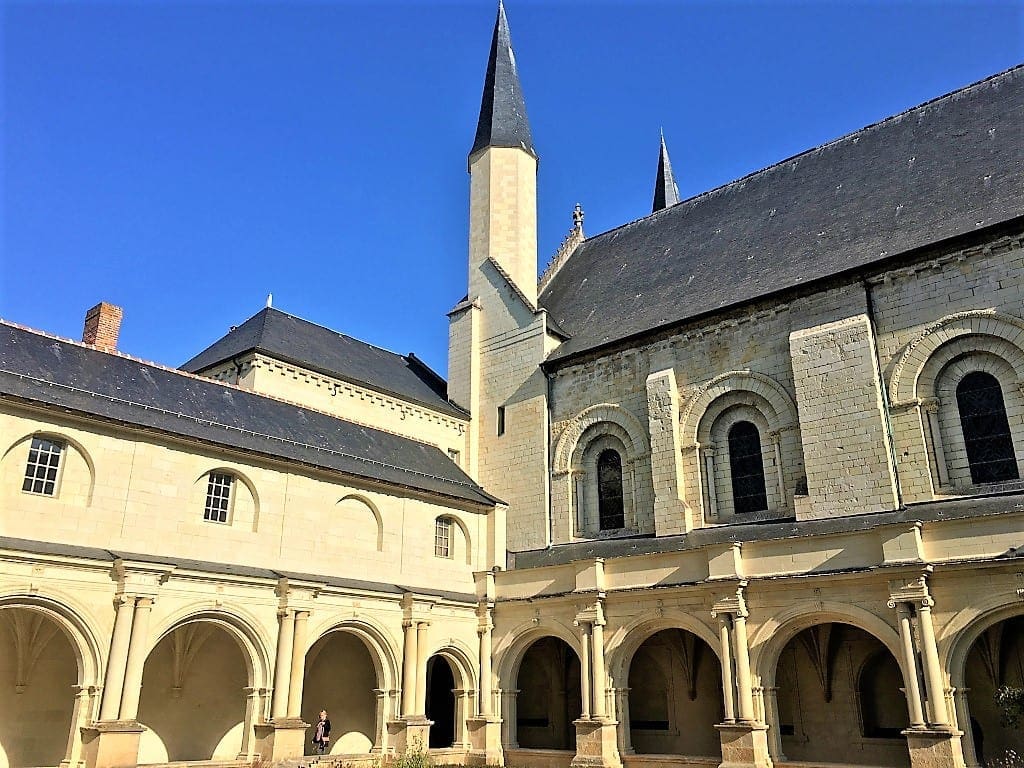
However, it is the sense of timeless history that seeps out of every pore of the buildings that overwhelms as we are escorted around the complex the following day. St Mary’s is particularly impressive, although little of the colourful mosaics that would have adorned its tuffeau stone walls remain. In the centre lie effigies of Eleanor of Aquitaine and Henry II, as well as their son Richard Coeur de Lion, and Isabella of Angoulême, wife of his ill-fated brother King John. These were commissioned by Eleanor herself, which explains her own effigy with her brazenly reading a book, an activity not expected of women at that time.
Outside of the abbey there is a peace and calm surrounding the whole monastic complex, especially as we stroll around the cloisters where the nuns and abbots would congregate. Inside, an exhibition displays – until 1 December – 37 tapestries created in the region, while another explains the darker period of Fonteyraud’s history when it was used as a prison.
One of the final buildings to be built, shortly before the French Revolution, were the stables, which are now being converted into a modern art museum. This will contain the private collections of Martin and Léon Cligman, collected over a period of sixty years. When opened in June 2020, it will represent the latest stage in the continuous project of developing Fonteyraud into a major centre of culture, with the next phase slated to be the restoration of St Mary Madelaine priory.
More Chateaux and a Sparkling Conclusion
After the high of Fontevraud it was almost inevitable that our whistle-stop tour of the Loire Valley chateaux and wines would adopt a bathetic mood. We visited first Château de Brézé, noted for having the deepest dry moats in Europe as well as an extensive cellar system where wine was stored, and then Château de Montreuil-Bellay, which had spectacular views of the town below. But by now a bit of chateau-fatigue had begun to set in.

Our final night was spent in the beautiful town of Saumur, from where the following day we were to sample some more wine at Maison Bouvet-Laudubay winery. While my colleagues toured the darkened cellars by bike, I ventured to the nearby Ackerman cellars, also located on Rue Jean Ackerman, which is called ‘bubble street’ by locals due to the number of wine cellars along it.
The previous evening we had experienced plenty of bubbles ourselves, celebrating the inaugural La Nuit de la Bulle (Night of the Bubble) in the shadow of the imposing Château de Saumur. A spectacular light show illuminated the castle’s wall, while DJs mixed tunes from the not-so-distant past with modern French techno and the friendly locals danced their way into the early hours offering us vouchers to exchange for further glasses of the sparkling wine for which the town is renowned.
As the clock turned past midnight, we awaited our final surprise. Upon the walls of the chateau, a young beau proposed to his beloved. Were more bubbles to be consumed in celebration? I’m afraid we began our return stroll through the cobbled street to our hotel Saint Pierre with the outcome unsure. However, what is sure is that the Loire Valley, Anjou and Saumur is a wonderful destination to visit, so long as you are partial to chateaux steeped in history, fine wines and excellent food, as well as the odd tapestry or two.
For more information on Things to Do in Saumur
Click here.
If you wish to stay at Fontevraud Hotel then click here, or call +33 (0)2 41 51 71 37. All photos either supplied by Fontevraud Hotel or taken by Mark Bibby Jackson.
